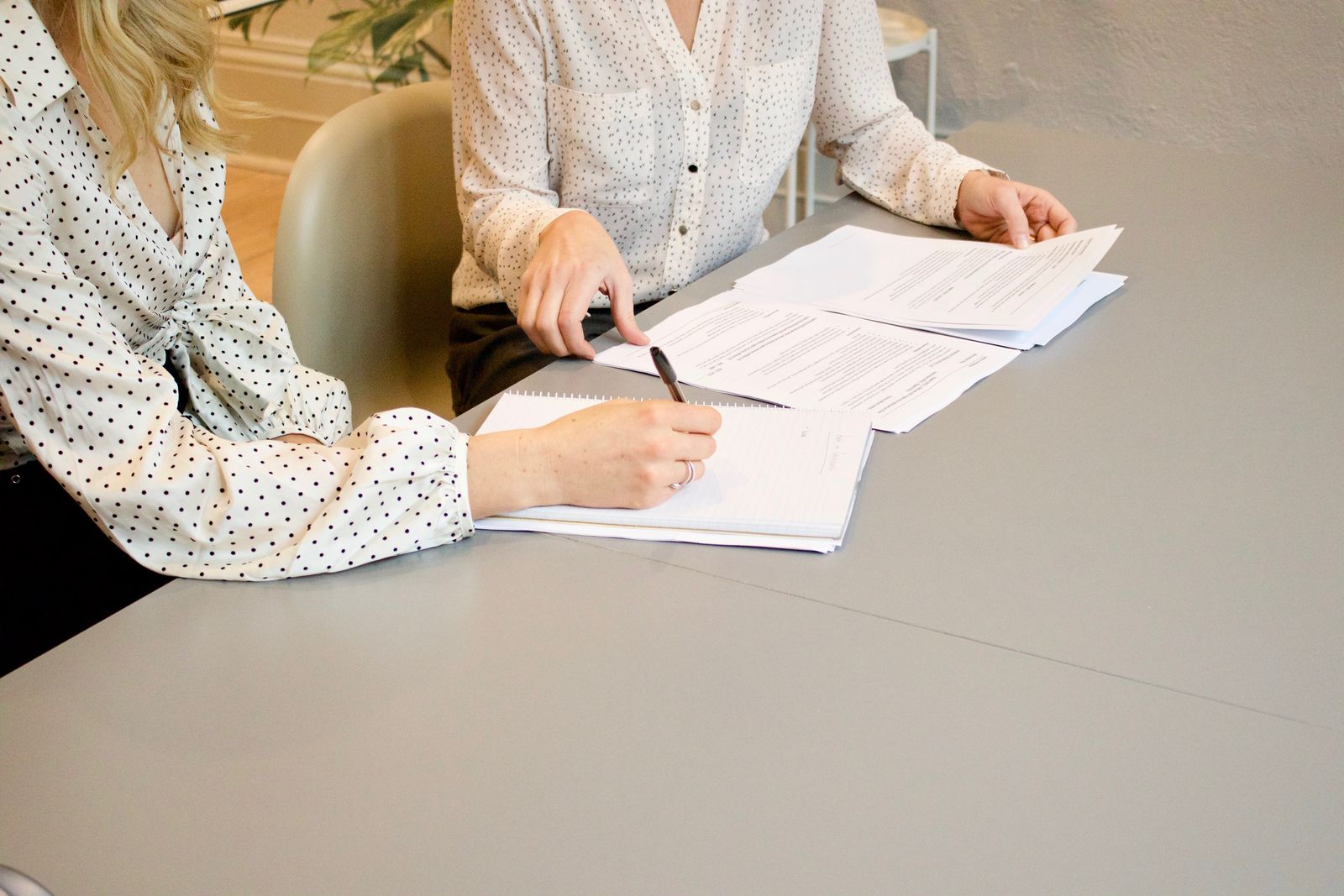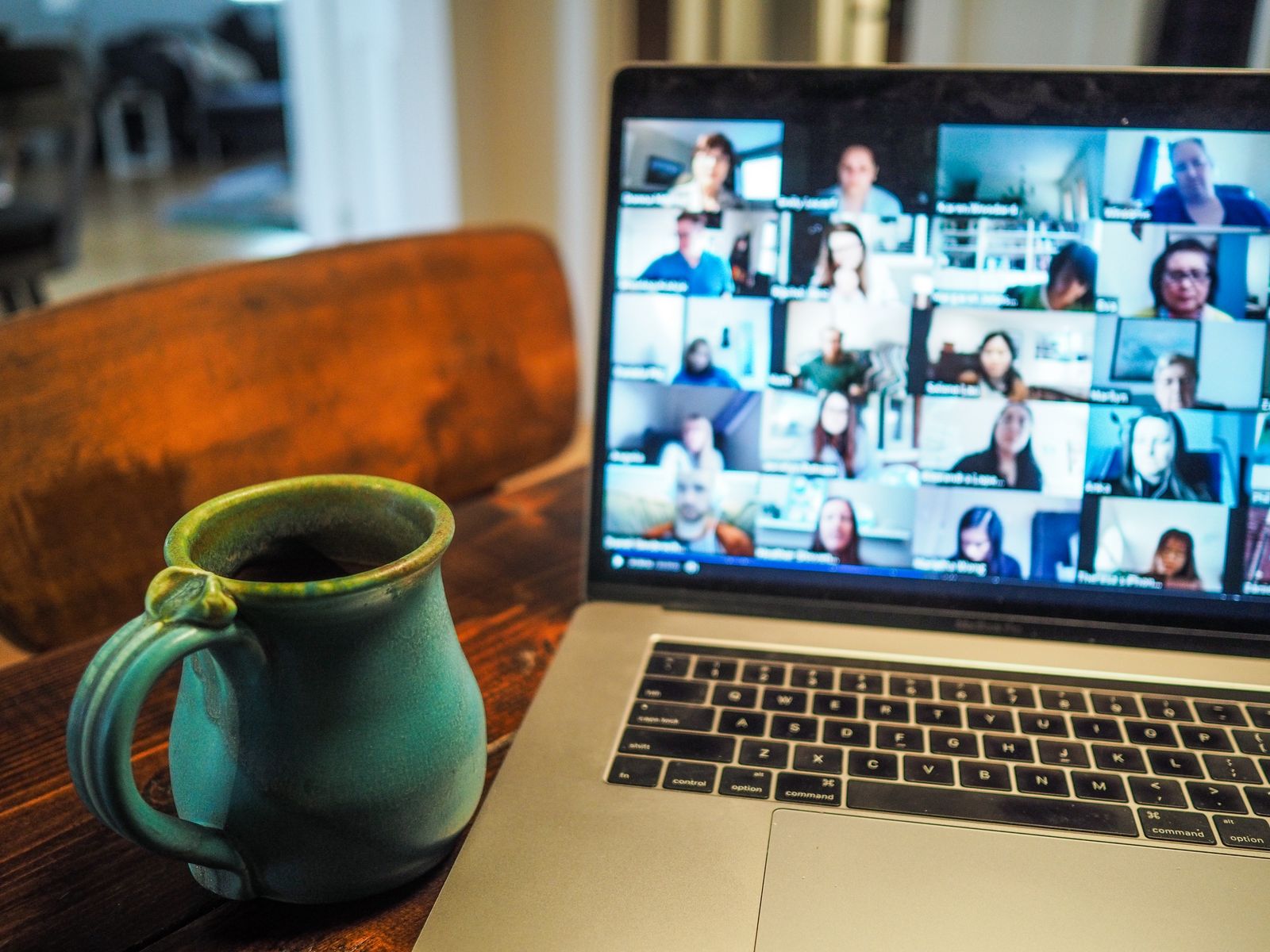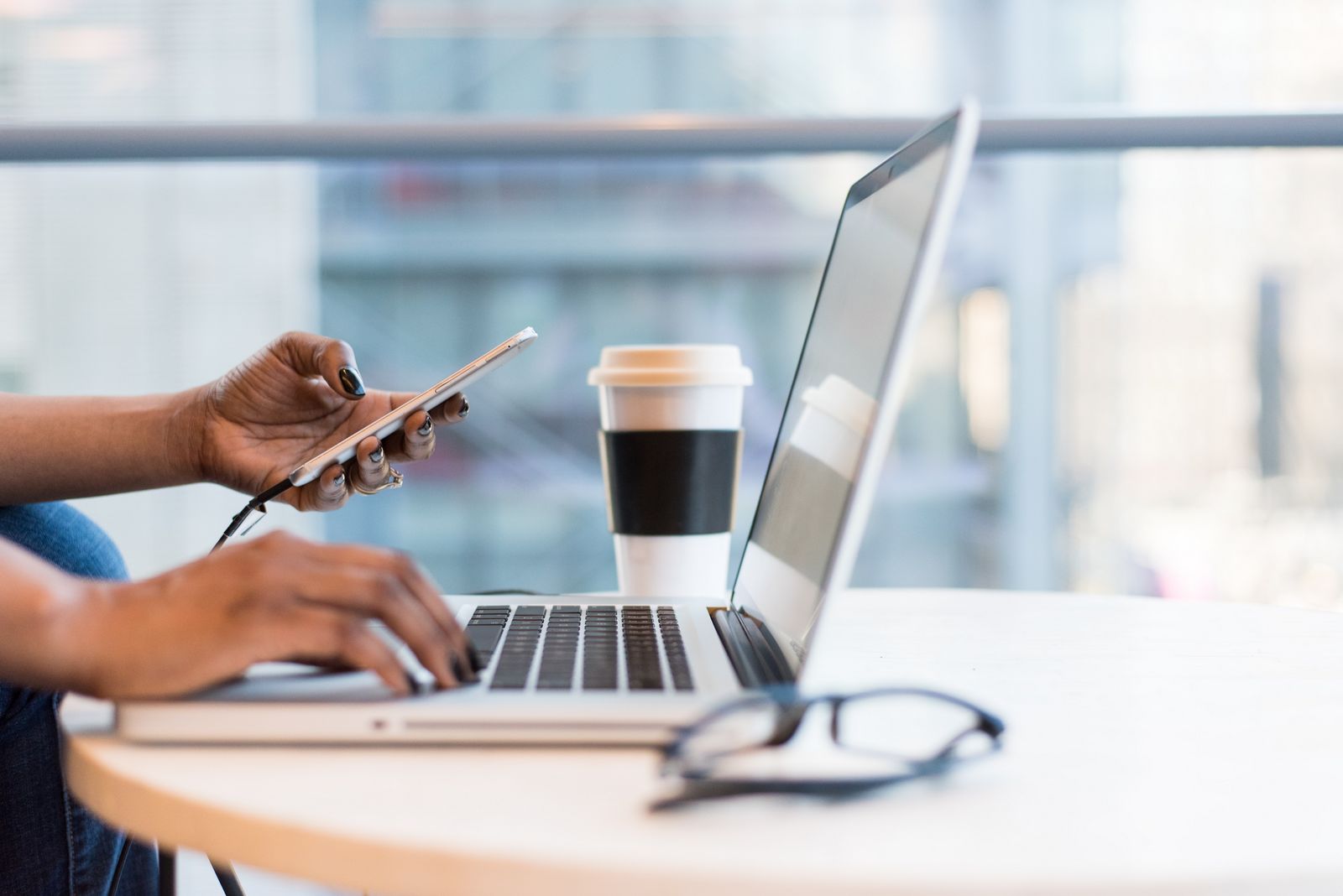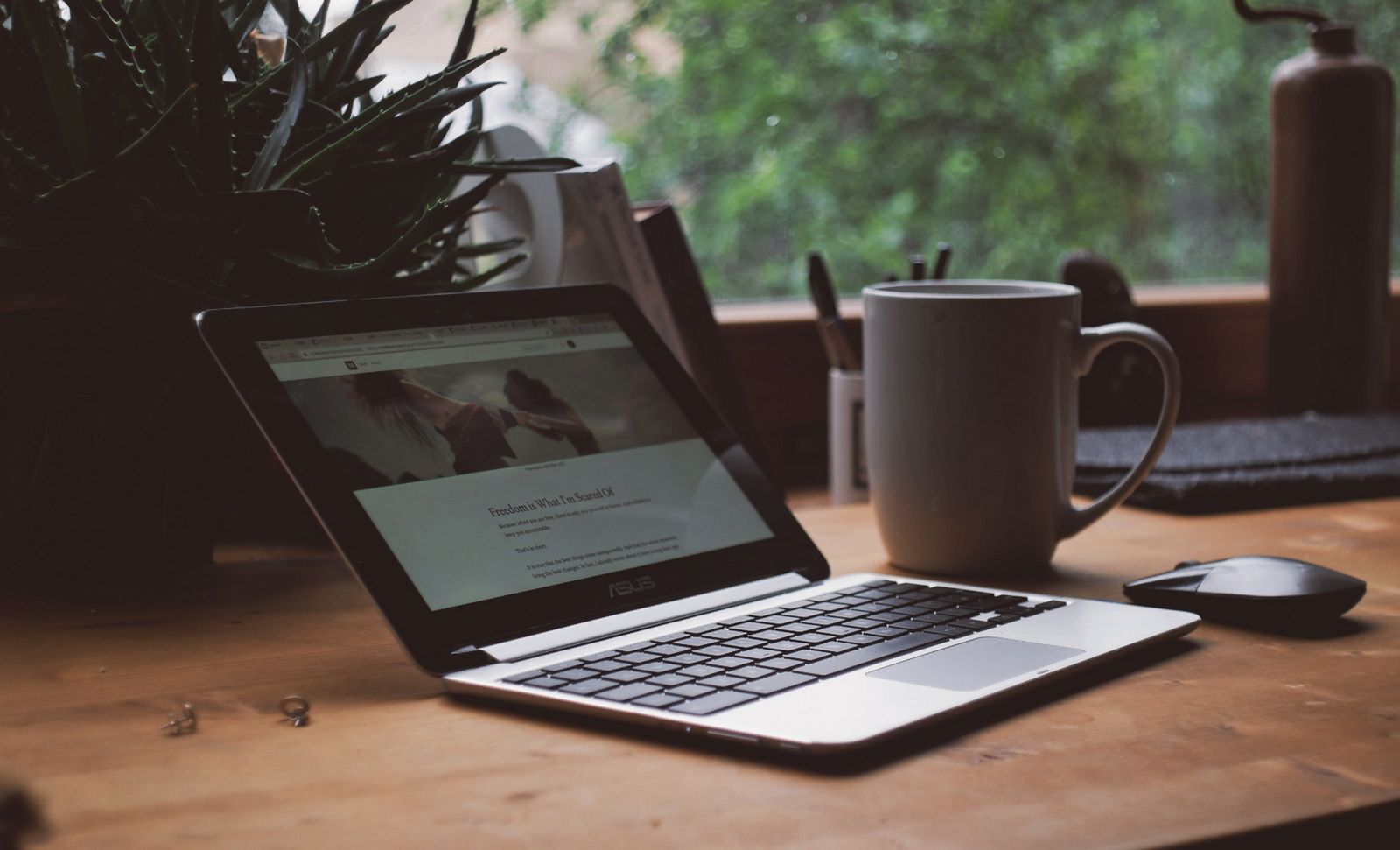How to Make the Most of a Hybrid Work Environment
Employees face additional obstacles as a result of hybrid working. Here’s how to deal with it successfully.
As a consequence of the epidemic, most of us have had to combine working from home with working from the office. This work arrangement, sometimes known as a hybrid working paradigm, is likely to continue, with many employers stating that they want to do so when the epidemic is over.
Some of us like hybrid work since it allows us to work at a café or at home, while others believe it blurs the barrier between our professional and personal lives.
Whatever our feelings are, hybrid working is here to stay.
DBS and UOB, for example, regard it as the future of employment. As a result, they want to permanently restructure their offices to enable a mixed working arrangement.
We must be cognizant of the issues that this new system brings as we transition to a combination of working-from-home (WFH) and working-from-office (WFO).
For example, we may be concerned about balancing our family obligations while working from home. Then there’s the problem of working together when we’re not with our colleagues — how do we keep team projects successful when we’re not working side by side with our colleagues?
As hybrid working becomes more common in our culture, here are some strategies for easing into this new normal.
Our mental health may have an impact on both our physical health and our professional performance. We’ve switched from working in the office to working from home since the epidemic began. We must now adjust to the hybrid working model. With all of these developments, it’s no surprise that some people are concerned.
According to a Straits Times story, some workers are nervous and apprehensive about returning to the workplace after becoming acclimated to remote working.
Clinical psychologist Dr Felicia Neo explained how the new working arrangement affects employees, saying, “As more and more employees are asked to return to the workplace with increasing hours, many may view this as a break in the structure, regimen, and normality that they have learned to create in the environments they have set up for themselves over the past year.”
Individuals may develop an adjustment disorder in certain situations, which includes symptoms such as social retreat and isolation in workplace meetings, increased anxiety, and feelings of dread and helplessness.
Rather than battling or disregarding your tough sentiments, understand that it is normal to feel vulnerable or frightened. You may also practise mindfulness to improve your capacity to sit with such upsetting feelings.
Aside from that, you may de-stress by exercising or keeping a notebook to write down your ideas. According to a Psychology Today article, writing “helps people recognise and manage unpleasant feelings.”
One of the most significant obstacles of hybrid working is the widespread belief that workers who work remotely are more likely to slack off or be less productive. To avoid such misconceptions, managers should follow the Tripartite Advisory on Flexible Working Arrangements, which urges supervisors to explain their expectations in advance. To guarantee that workers’ performance is properly evaluated, these should include job deliverables, performance objectives, and work arrangements.
Aside from that, managers must keep track of who is working where and when so that they can determine whether employees are experiencing issues and find out how to assist them.
You may contribute to accountability by informing your boss or supervisor about your job progress on a timetable that both of you agree on. You may also utilise collaborative solutions, such as Google Drive Suite, to communicate progress updates and keep everyone informed.
With everyone working in various locations, managers must interact with workers both officially and informally on a regular basis to keep them up to speed on major choices and their reasons in order to get employee buy-in.
Employees “are typically sceptical and might become uninspired when choices are made in a ‘black box,’ with inputs and outputs cryptic and inconsistent,” according to Mr Mayank Parekh, CEO of the Institute for Human Resource Professionals in Singapore.
In contrast to a typical work atmosphere where everyone works from the office, it is easy to feel estranged from our coworkers. Thus, Mr Paul McDonald, senior executive director at recruiting business Robert Half, advises managers to share personal news with coworkers in order to develop deeper ties.
“At the outset of meetings, take time to exchange personal news or undertake other activities that promote mutual trust, caring, and respect for one another,” Mr McDonald said.
At the same time, we can help sustain camaraderie among coworkers by checking in with one other and participating in virtual team-building activities when practical.
According to Mr Jean Drouffe, CEO of AXA Insurance Singapore, “if done correctly, a hybrid workplace may benefit people and organisations as a whole – it can produce a more empowered workforce.” As a consequence, people are more likely to be not just more driven and productive, but also happier, healthier, and more resilient.”
Even if our circumstances have changed, there are still solutions to reduce the disadvantages of hybrid working while increasing its efficacy. We may take active efforts to ensure that we take excellent care of ourselves and preserve open communication if we are aware of what they are.


























